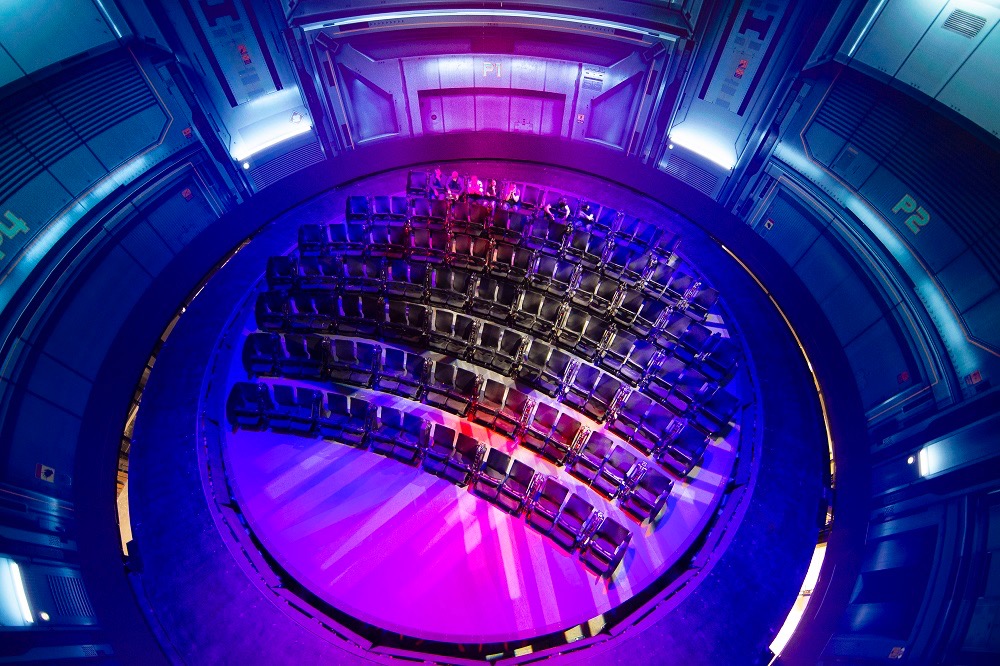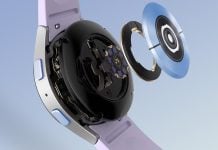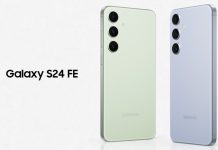Samsung has been making waves in the world of LED technology with its recent installations of large, impressive screens. The company recently installed the largest indoor LED Cube in all of Europe in the Swiss Life Arena, and now it has installed Europe’s largest circular LED signage at the Futuroscope theme park in Poitiers, France.
Samsung equips France with Europe’s largest circular LED signage
The circular LED signage at the theme park’s “Chasseurs de Tornades” (Tornado Hunters) attraction provides a breathtaking audiovisual experience for visitors. Samsung collaborated with Futuroscope Management and Development (FMD) to create the 17 meter diameter, 8 meter tall screen, which has a total surface area of 420 square meters. This makes it the largest LED screen installed in an amusement park by Samsung anywhere in the world.
The screen is comprised of 800 LED cabinets from the Samsung Indoor IFR series and offers 21K resolution. It also features HDR LED technology, high contrast, lifelike images, a peak light output of 2,400 nits, and a static contrast ratio of 12,000:1, all of which contribute to its impressive picture quality.
The Chasseurs de Tornades attraction features a 120-seat dynamic motion theatre surrounded by a 360-degree LED screen, providing an immersive experience for visitors. Yannis Marchet, Development and Projects Director at FMD, noted that the screen’s technology is durable enough to last at least 15 years.

In addition to its impressive LED installations, Samsung is also reportedly working on developing special OLED panels for use in certain iPad models in 2024. Previously, the company had planned to develop full-cut OLED panels, but it has since shifted its focus to the development of two-stack tandem OLED panels, which use two layers of pixels instead of one and offer higher brightness and longer life than current-generation OLED panels.
These panels could also potentially be used in some Apple Macs. Full-cut OLED panels are reportedly more advanced than two-stack OLED panels, but Samsung has prioritized the development of panels with higher near-term demand.
RELATED:
- Samsung’s Profit at Risk as Demand Dries Up
- Samsung Dragon Knight G7 32″ 4K 144 Hz gaming monitor with Tizen OS launched
- Samsung Galaxy 25W Battery Pack with 10000mAh capacity and super-fast charging launched
- Samsung Galaxy S23 Ultra Bags BIS, NBTC Certifications, Galaxy S23 Global Spotted on Geekbench
- Samsung Dragon Knight G7 32″ 4K 144 Hz gaming monitor with Tizen OS launched
(via)







